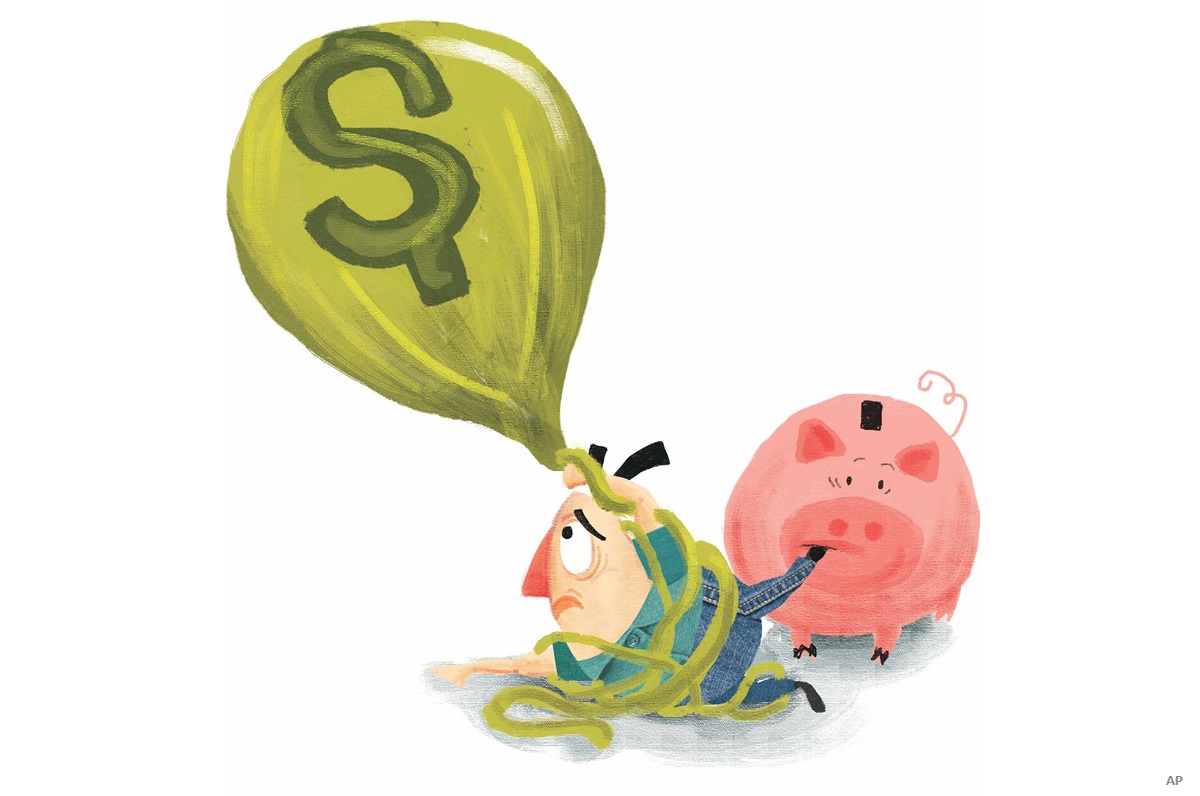
It’s been challenging for growth investors in emerging markets as value-oriented stocks have been favoured this year. But outperforming capital appreciation, especially in emerging markets, tends to happen in the long term.
Joris Nathanson and Ed Wallace, who focus oversee the $43.8 million 4-star bronze-rated Guardian Emerging Markets Equity Series I (also available in series A and F), take a long-term view and maintain their growth-oriented investment approach will be rewarded.
“This year, value within emerging markets is up 3.8% in Canadian dollar terms, whereas growth is down 7.1%,” says Joris Nathanson, investment manager at London, England-based GuardCap Asset Management Limited. The firm is a subsidiary of Toronto-based Guardian Capital LP. “There’s been a bit of a switch back to value, from growth,” he notes.
Year-to-date (Oct. 12), the fund has returned -10.74%, compared to -2.85% for the Emerging Markets category. However, over three-and five-year periods, the fund outperformed the category. It returned an annualized 10.76% and 8.07%, respectively, versus 8.33% and 6.53%.
“We’d like to look at this in context, in terms of what we look to achieve and where we’ve come from over the last five years and the strategy that we employ,” says Nathanson, “It will lead to periods where we under-perform and periods where we out-perform.”
A Different Approach to Double-Digits
One reason for the fund’s short-term laggard performance is that the team takes a concentrated approach and focuses on 25 stocks and holds them for about five years. In contrast, the benchmark MSCI Emerging Markets Index has about 1,400 stocks, and the peer group of funds often have 80-100 stocks.
“We are quite different in terms of our composition, versus the index and the peer group,” says Ed Wallace, investment manager, a 20-year industry veteran and an Oxford University graduate of modern history and economics. Wallace previously managed funds for Gartmore Investment Management and its acquirer Henderson Global Investors, both in London. “So you should expect to see quite a different return profile from the category. We don’t focus on the short-term and look at holding positions over five years,” he says, adding that their long-term objective is double-digit returns that should exceed the index.
Because of their longer-term focus, the team tends to focus on areas such as consumer discretionary, and information technology, such as digitization trends in emerging markets, and under-penetration in certain financial services areas. says Nathanson, an Oxford University graduate of philosophy, politics and economics. Before joining GuardCap in 2015, Nathanson worked for 10 years at London-based Nevsky Capital LLP, a global and emerging markets specialist firm offering long-only and long/short strategies. Nathanson’s current investment team, which manages about $165 million in emerging market assets, includes Alice Yin and Dexu Qu.
Sustainability and Quality over Cyclicality
Nathanson points out that emerging markets investing in the past has tended to be driven by macro-economic and specific country developments. As a result, it was susceptible to cyclical trends. “You would often end up buying the brewer or the cement company in a country, with a view that ‘a rising tide lifts all boats.’ But the way that we look at emerging markets is to focus on companies with sustainable growth through the cycle. This is something that has changed over the last decade: the focus on quality companies that have sustainable margins and generate significant cash flow and net cash. As a result, we don’t invest in certain industries, such as energy and utilities,” says Nathanson, adding that cyclical companies tend to be low-margin, heavy on capital expenditures and rate poorly from an environmental, social and governance (ESG) viewpoint. He notes that in 2020 the fund returned 30.07%, versus 13.09% for the category. “Clearly, that has partly reversed back in 2021.”
From a sector standpoint, the largest sector is information technology at 34.04%, followed by consumer discretionary 26.99%, financials 13% and communication services 11.99%. On a country basis, China is the largest country weighting at 28.68%, followed by Taiwan at 10.25%, Singapore at 9.83%, India at 8.93% and South Korea at 8.15%. Interestingly, Nathanson points out that China accounts for just under 34% of the benchmark index.
Undervalued Economic Growth
The team takes a concentrated approach for two reasons. First, Wallace argues, relatively few companies have managed to turn growth into shareholder value. “If you look at the index returns over time, they tend to lag the MSCI developed world’s returns. This is despite the fact that growth has been much higher in emerging markets,” says Wallace. Second, it makes more sense to focus on a small number of high-quality companies that can deliver sustained growth in shareholder value, and try to buy them at the right price. “It’s a strategy of focusing on the best of the best. This approach makes our strategy less risky because you are focusing on high-quality companies and that improves your chances of realizing excellent returns.”
One representative holding is Yum China Holdings (YUMC), a NYSE-listed firm that owns and manages KFC and Pizza Hut operations in China. The investment thesis, says Wallace, is focused on a long-term secular trend of rising incomes in China and people eating away from home. “One of the interesting facts about China is something called restaurant density—the number of restaurants per million people. It’s significantly lower in China, compared to developed markets and other Asian markets,” says Wallace. For example, Yum China has six KFC and Pizza Hut stores per million people, versus the ratio of 23 such stores per million people in the U.K., and 34 stores in Malaysia. “As a result, we expect the growth rate to be significantly higher than other parts of the world.”
Yum China, which has adapted the menu to local tastes, has 11,000 restaurant outlets in China, with a target of 20,000. “They are opening more than 1,000 stores a year. They are very good at sourcing real estate and can average three new stores a day. So they may reach that target within nine years,” says Wallace.
Acquired in 2016, when Yum! Brands Inc. (YUM) spun off its Chinese operations, the stock is now trading at US$58.35 (Oct. 12), more than twice its initial price of $25. From a valuation perspective, the stock is trading at about 11 times 2023 enterprise value to earnings before interest taxes and depreciation and amortization. “McDonald's Corp. (MCD) is trading at 17 times. But Yum China is growing faster.”
Another favourite is AIA Group Ltd. (HKG:1299), the world’s largest life insurance company. “You look at life insurance penetration across Southeast Asia and it’s about one-quarter that of developed Northern Asia countries. It has a long runway for growth,” says Nathanson. “AIA has been around for over 100 years so it’s not the new kid on the block and operates in 18 countries. For the next two or three decades there’s a huge opportunity across markets like China, Vietnam, and India. As you get increasing affluence over the next couple of decades, the demand for life insurance, when people don’t have pension savings as you do in the developed world, will continue to grow.”
Nathanson regards AIA as “best-in-class” since it has a conservative balance sheet and is ranked high from an ESG perspective. One key test was how the firm performed in the 2008 financial crisis. “AIA had the lowest impairment rate in the industry. They had a 0.3% impairment of their asset base. In comparison, some peers had 5%-plus of their asset base that was impaired. AIA has an emphasis on conservatism in both actuarial assumptions and how they allocate their balance sheet.”
From a stock perspective, the company is trading at 1.7 times price to book value and 17.2 times 2022 earnings. “It’s trading at a discount to its 5-year mean valuation. We estimate there is about 58% upside over the next five years.” AIA is trading at HK$87.50 (as of Oct. 12).























